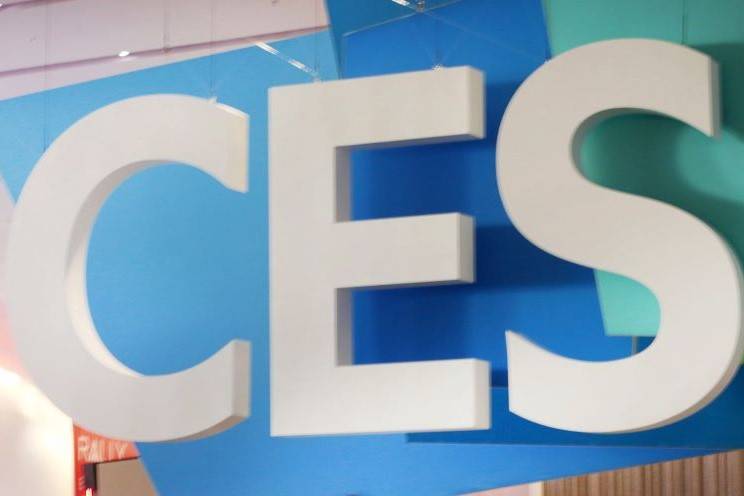Accessibility devices playing larger role at CES
While much of the tech unveiled at this year’s CES aims at easing daily life, some of the latest gadgets go one step further to improve the accessibility options for those with disabilities or impairments.
Handheld cameras that read small type in real time, mechanical brace “exosuits” that reduce physical strain for workers who must stand for long periods, indoor mapping apps and more aim to take the next step in technology’s ongoing role in improving the quality of life for those faced with physical, visual, hearing and cognition disabilities.
Steve Ewell, executive director of the Consumer Technology Association’s charity foundation, said the presence of accessibility devices on the CES showroom floor has grown in recent years and will play a large role in the show’s first-ever digital showcase.
“Accessibility cuts across the entire show,” Ewell said. “From parts of the smart home presentations, to the self-driving vehicles and that tech to the health-related areas.”
Ewell said his foundation invites disability advocate groups to the showroom for a two-fold interaction with accessibility exhibitors, providing both feedback to the industry and an opportunity for advocates to go home and share the latest innovations with their members.
This year’s CES also features accessibility tech for the coronavirus era, with innovations such as redesigned hearing aids that are more conducive to mask use and social distancing.
Ewell also highlighted various innovations for the growing senior population, some aimed at assisting physical impairment and others geared toward curbing isolation.
“As the demographics shift and the population is getting older, some may need some assistive tech to maintain their independence,” Ewell said.
Here are some of the accessibility innovations worth checking out during CES 2021:
— The OrCam Read won CES’ Best of Innovation Award in 2021. The handheld device features a “a smart camera that seamlessly reads text from any printed surface or digital screen,” according to its website. It provides a readout of any scanned text for those who are blind or vision impaired, suffer from reading difficulties such as dyslexia or for anyone who may just want to rest their eyes after consuming vast amounts of text.
— GoodMaps Inc. was recognized as a 2021 Innovation Award honoree for the latest version of GoodMaps Explore, a navigation app that maps in the interior of buildings. The app can assist those who are vision impaired or suffer from memory loss, but also has some applications for guiding first responders during 911 calls and a variety of everyday uses, such as a way to find the restrooms in an unfamiliar public place.
— The Livio Edge AI hearing aids by Starkey use an artificial intelligence system to automatically adjust volume levels based on the user’s situational needs, such as hearing speech during conversation in a loud area. The latest version, also a CES Innovation Award honoree, further takes hearing difficulties caused by mask use and social distancing into account.
— The Archelis, from a Japanese company of the same name, is a “exoskeleton assist suit” that allows the wearer to essentially sit while in a standing position. Mechanical leg attachments redistribute the user’s bodyweight to allow for more comfortable standing. The device is currently marketed toward workers who stand for long periods, such as surgeons and factory workers, but Ewell pointed out that this and other exosuits showing at CES could evolve into a variety of assisted living uses.
— Blue Frog Robotics is also back with the latest prototype of its helper robot, dubbed “Buddy Pro.” The personal robot is designed to adapt and learn various household chores, but also provide home companionship and simulate human emotions. Ewell highlighted both uses for seniors, but Blue Frog also notes Buddy may be of help to children with disabilities.
Contact Rory Appleton at rappleton@reviewjournal.com or 702-383-0276. Follow @RoryDoesPhonics on Twitter.

















